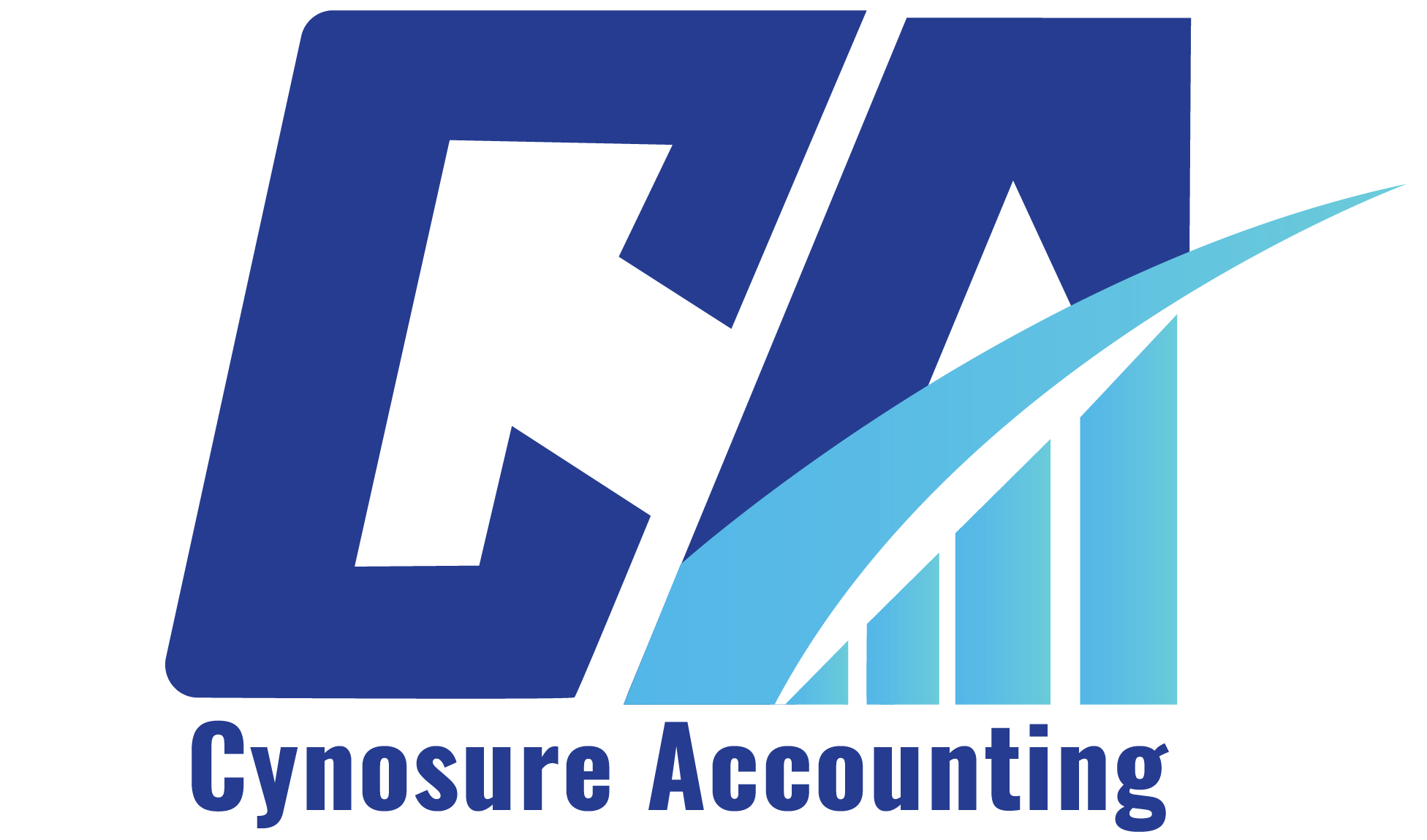Choosing the right Payroll Systems for Multi-State Operations is essential for managing tax compliance, accurate wage processing, and minimizing administrative complexities. This guide explores key challenges, must-have features, and best practices to simplify payroll across multiple states.
Understanding Payroll Systems for Multi-State Operations
Managing payroll across multiple states is a challenge that requires precision and compliance with various tax laws. Businesses need reliable Payroll Systems for Multi-State Operations to ensure accurate wage calculations, tax withholdings, and compliance with state-specific regulations.
Key Challenges in Multi-State Payroll Processing
Managing payroll across multiple states comes with complexities such as varying state income tax laws, payroll tax compliance, employee classification, and the risk of noncompliance penalties. Understanding these challenges helps businesses choose the right Payroll for Multi-State Operations to ensure accuracy and legal adherence.
1. State Income Tax Variations
Each state has its own tax laws, and some have no state income tax at all. Employers must be aware of:
- State-specific withholding rules
- Reciprocal agreements between states
- Compliance with local tax regulations
2. Payroll Tax Compliance
Payroll taxes differ from state to state. Employers must:
- Withhold taxes based on employee work locations
- Account for state unemployment insurance (SUI)
- Ensure compliance with Social Security and Medicare contributions
3. Employee Classification: Contractors vs. Employees
Many businesses hire a mix of employees and contractors. Payroll Systems for Multi-State Operations should support:
- Contractor payment processing
- W-2 and 1099 form generation
- Employer tax obligations for different worker types
4. Compliance Risks and Penalties
Noncompliance with state regulations can lead to fines and audits. The right Payroll for Multi-State Operations help mitigate risks by automating tax calculations and reporting.
Essential Features to Look for in Payroll Software
HCM and Payroll Integration
Human Capital Management (HCM) integration ensures smooth onboarding, time tracking, and benefits management. Key advantages include:
- Streamlined employee data management
- Automatic tax filing and reporting
- Real-time payroll updates
Automated Tax Calculation and Withholding
Payroll Systems for Multi-State Operations should handle multi-state tax calculations, including:
- Withholding of taxes per state
- Local tax compliance
- Automatic updates for tax rate changes
Employer of Record (EOR) Services
Some businesses opt for an Employer of Record (EOR) to handle multi-state payroll complexities. Services like Deel and ADP provide:
- Compliance with tax laws across states
- Payroll tax management
- Risk reduction for noncompliance
Comparing Top Payroll Systems for Multi-State Operations
ADP
- Comprehensive tax compliance support
- Payroll processing for businesses of all sizes
- Employer of Record (EOR) services available
Gusto
- User-friendly interface with automated tax compliance
- Supports contractors and employees
- Integrated benefits administration
Deel
- Best for global and remote teams
- Handles multi-state payroll and contractor payments
- Ensures compliance with various tax regulations
Steps to Implement the Right Payroll System
Implementing the right Payroll Systems for Multi-State Operations requires careful planning to ensure compliance and efficiency. Key steps include assessing business needs, comparing software features, conducting a trial run, and training payroll teams. A well-executed implementation minimizes errors and streamlines multi-state payroll processing.
1. Assess Your Business Needs
Consider factors like:
- Number of states where employees work
- Contractor vs. employee ratio
- Compliance challenges faced in past payroll cycles
2. Compare Software Features
Look for:
- Automated tax filing
- Multi-state compliance support
- Integration with existing HR systems
3. Conduct a Trial Run
Many payroll providers offer demos or free trials. Testing a system before full implementation helps identify potential issues.
4. Train Your Payroll Team
Ensure your HR and finance teams are well-versed in using Payroll for Multi-State Operations effectively to avoid compliance mistakes.
Best Practices for Multi-State Payroll Processing
Stay Updated on Tax Law Changes
Tax regulations frequently change, and employers must stay informed to avoid penalties. Regular updates from Payroll Systems for Multi-State Operations help maintain compliance.
Maintain Accurate Employee Records
Keeping detailed records of employee work locations, hours, and wages is essential. This ensures payroll accuracy and simplifies tax reporting.
Automate Payroll Processing
Automation reduces human error and ensures timely payments. Features like direct deposit, automated tax filing, and compliance alerts improve efficiency.
Utilize Professional Employer Organizations (PEOs)
A PEO can manage payroll, benefits, and tax compliance on behalf of employers. This is particularly useful for businesses expanding into multiple states.
Choosing the right Payroll Systems for Multi-State Operations is crucial for compliance and efficiency. By evaluating features, ensuring tax compliance, and leveraging automation, businesses can streamline payroll processing and reduce administrative burdens. Staying informed on tax regulations and best practices will help employers avoid costly penalties and keep their workforce satisfied.

